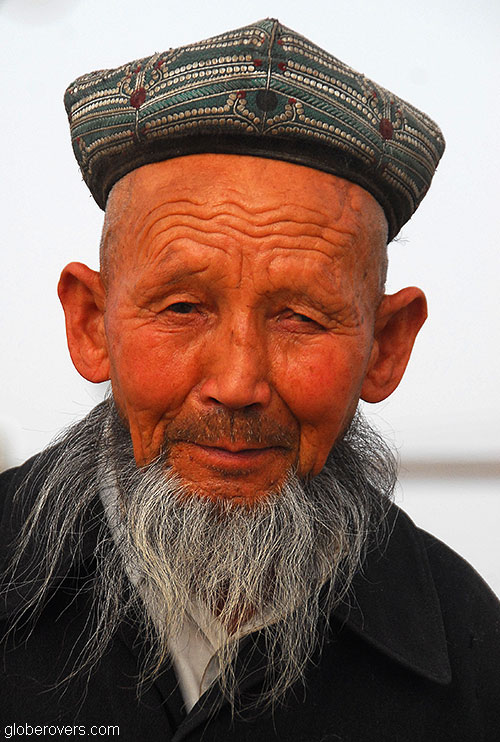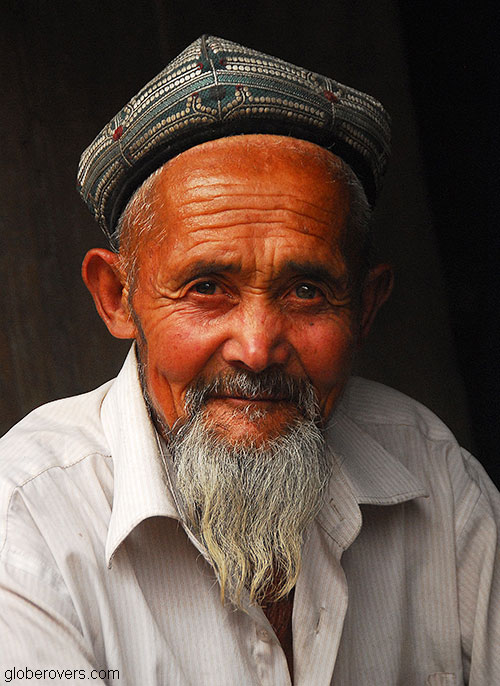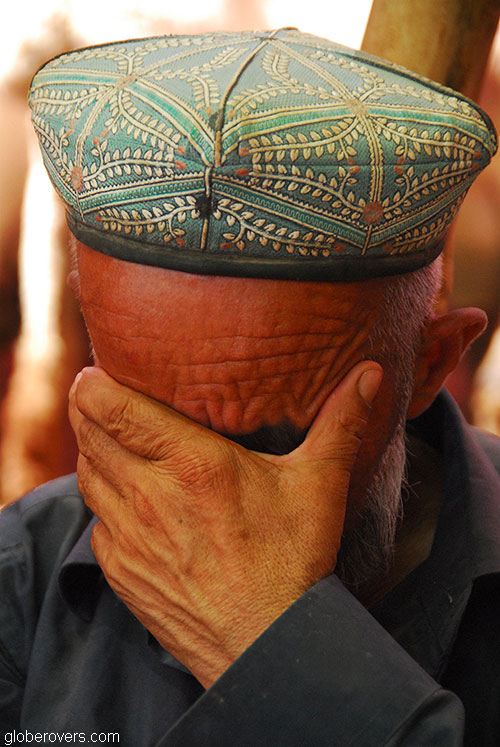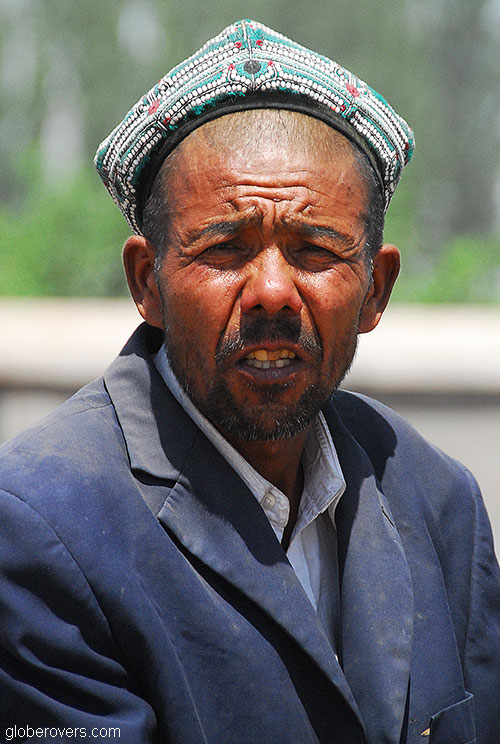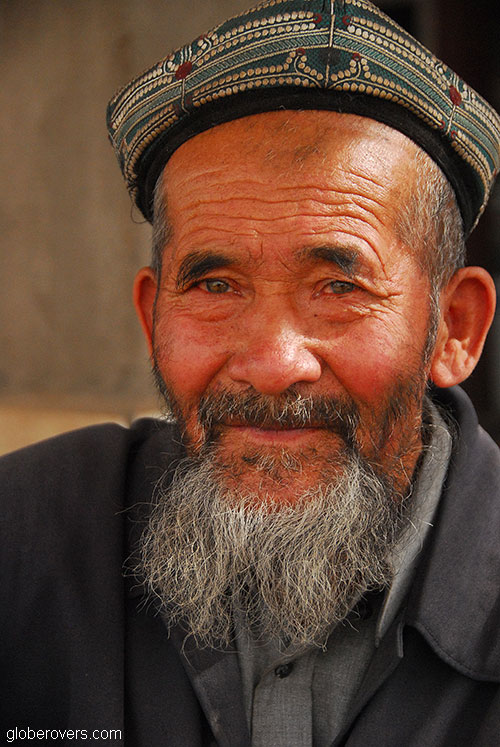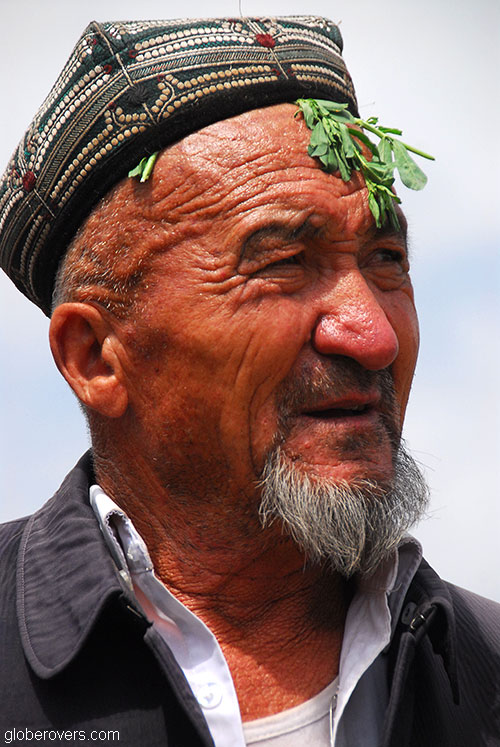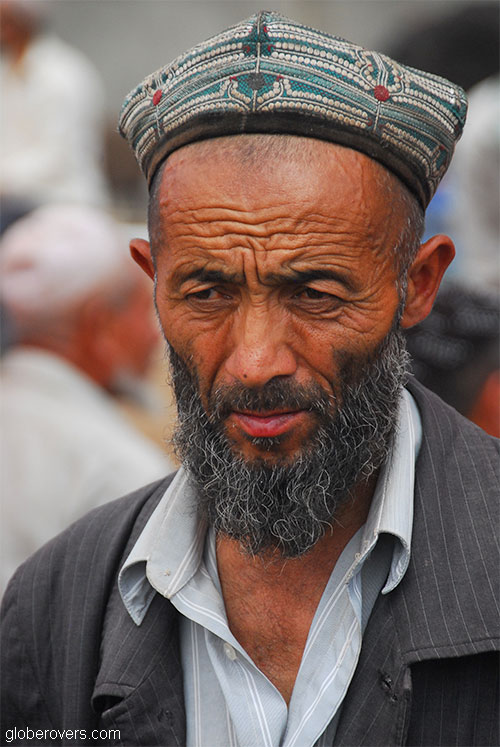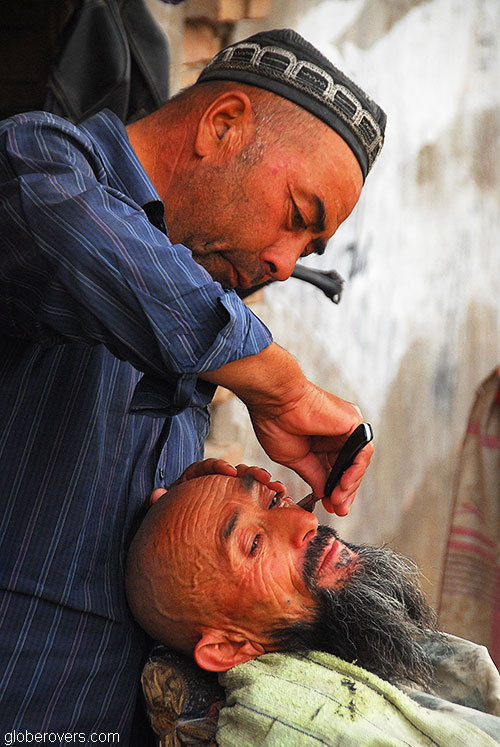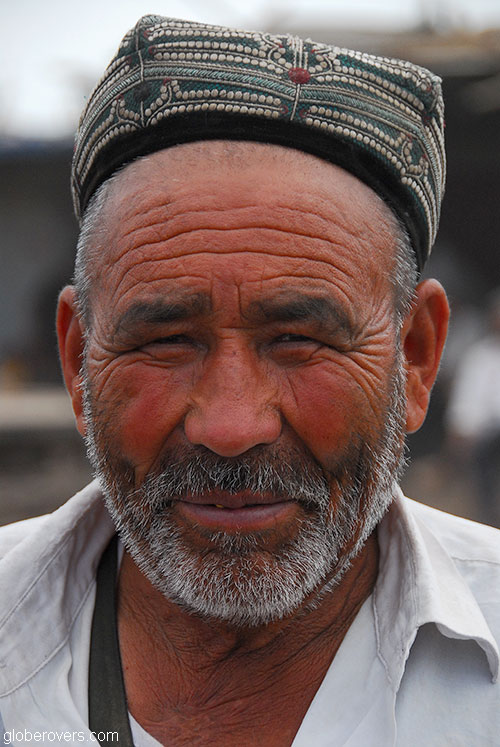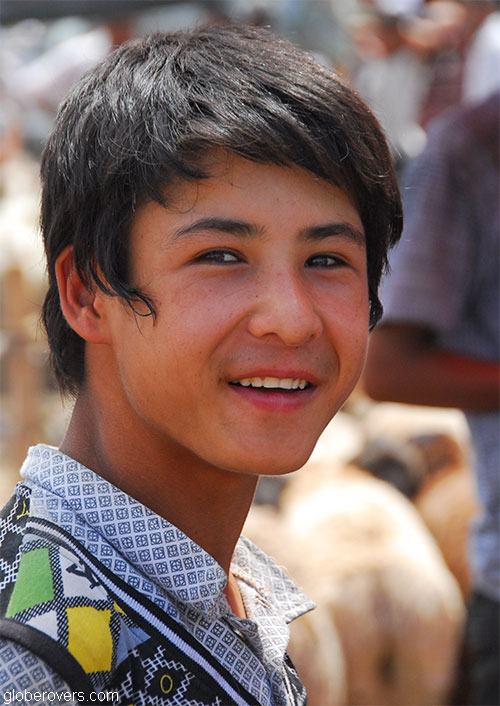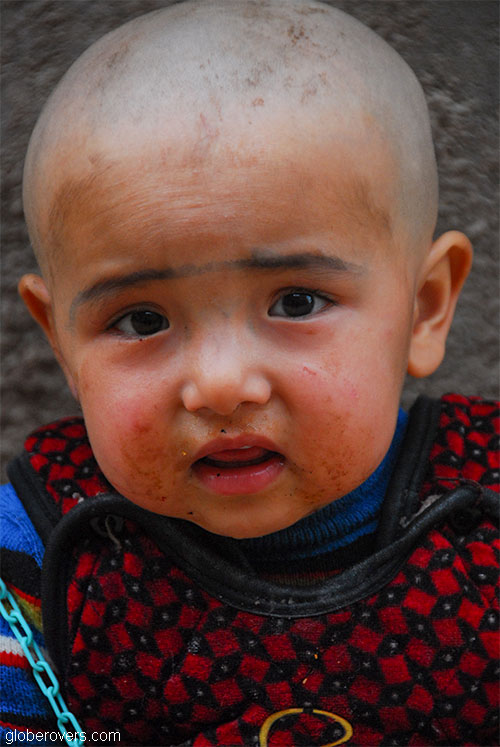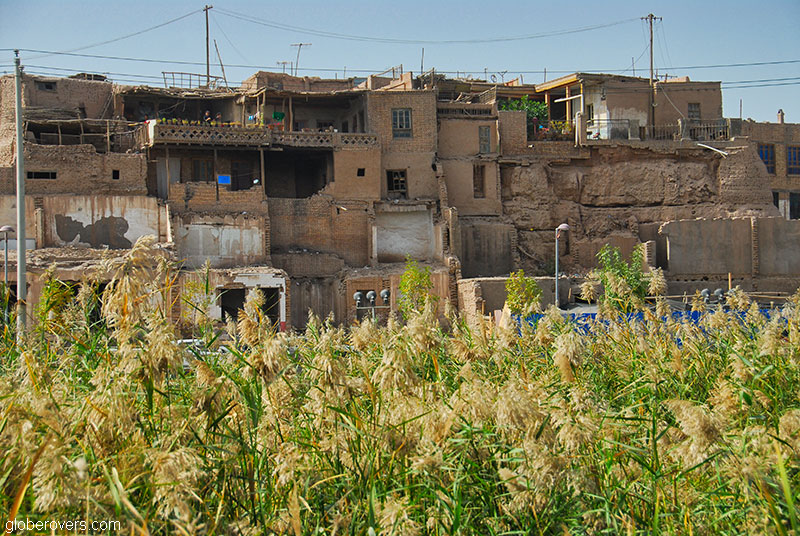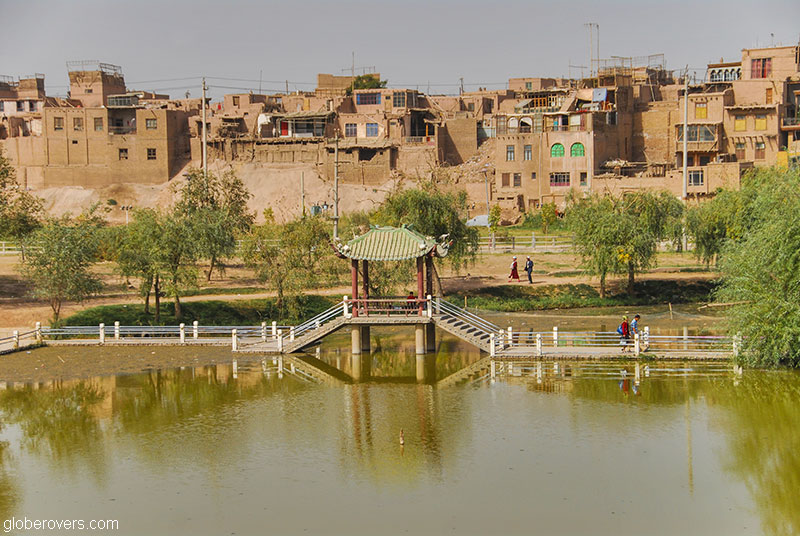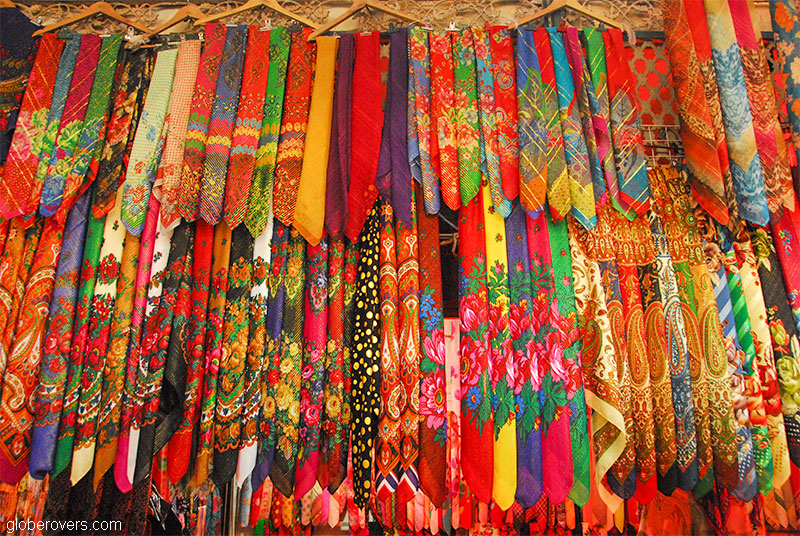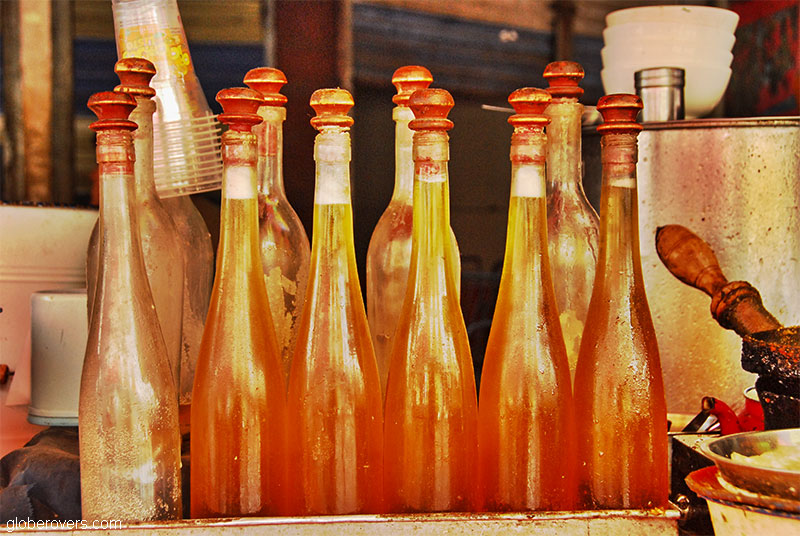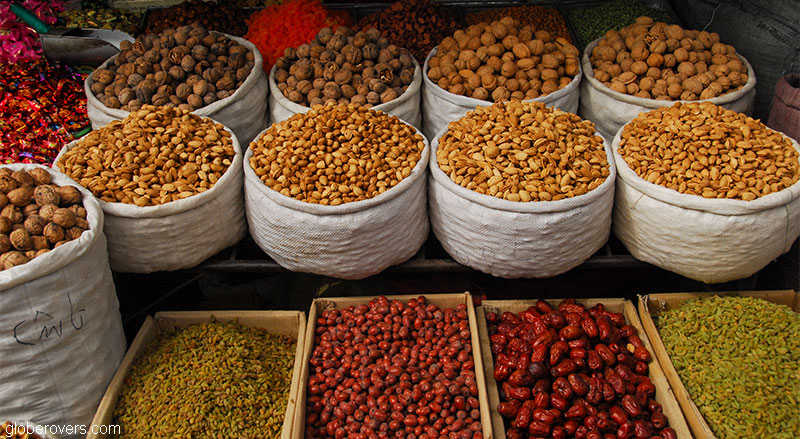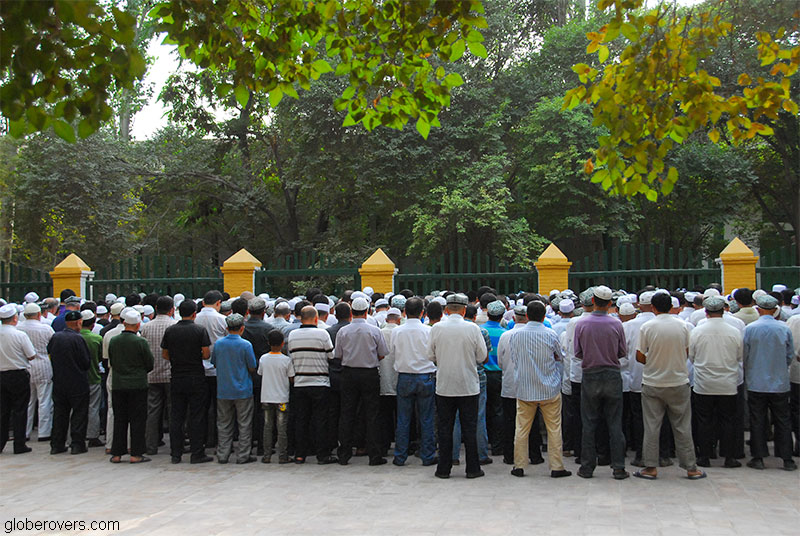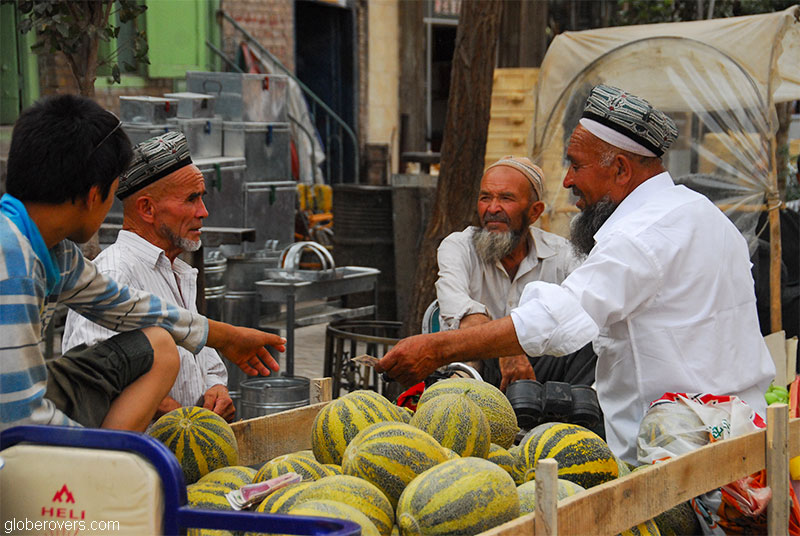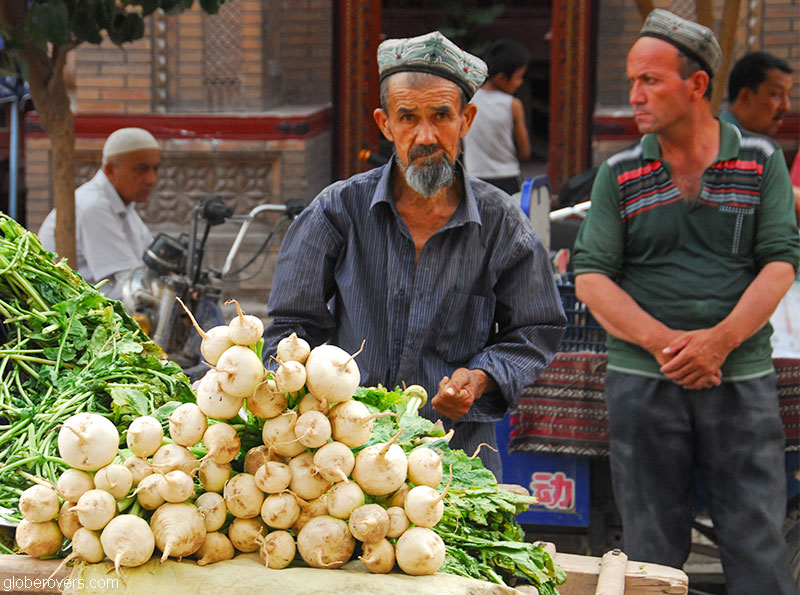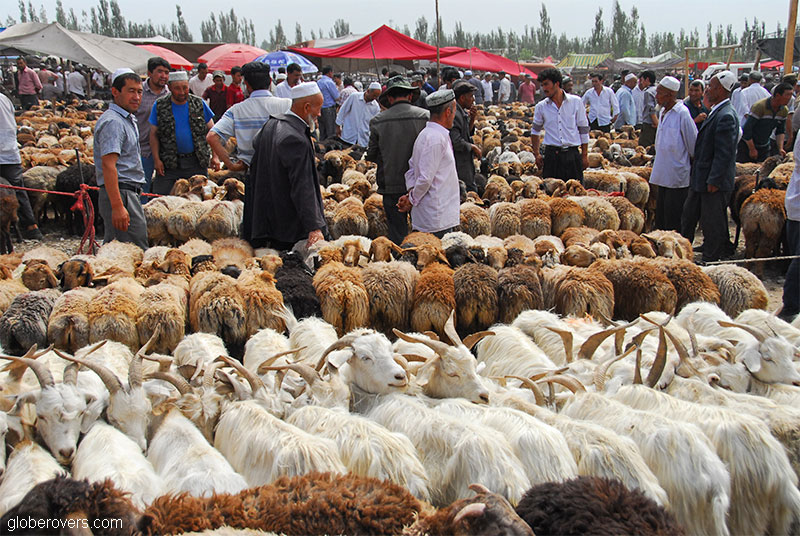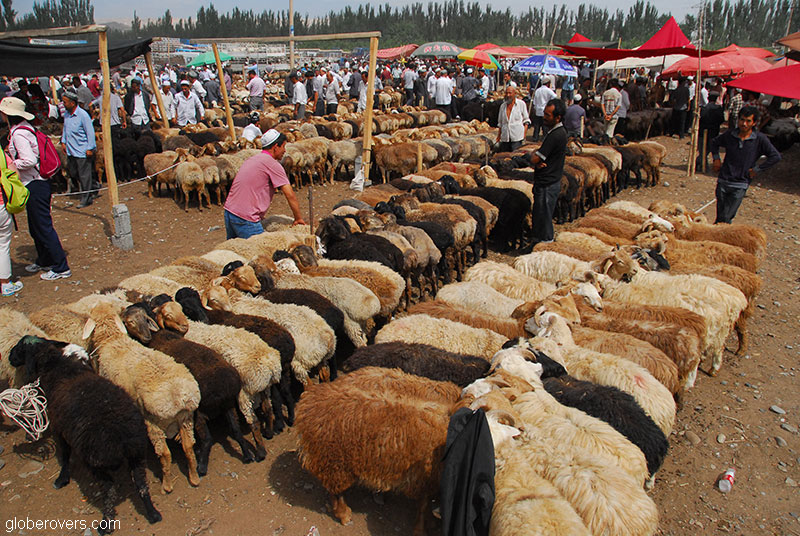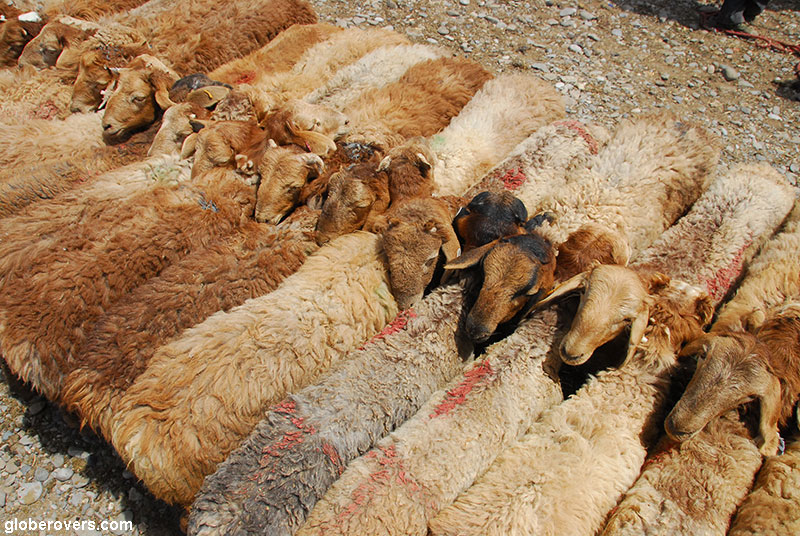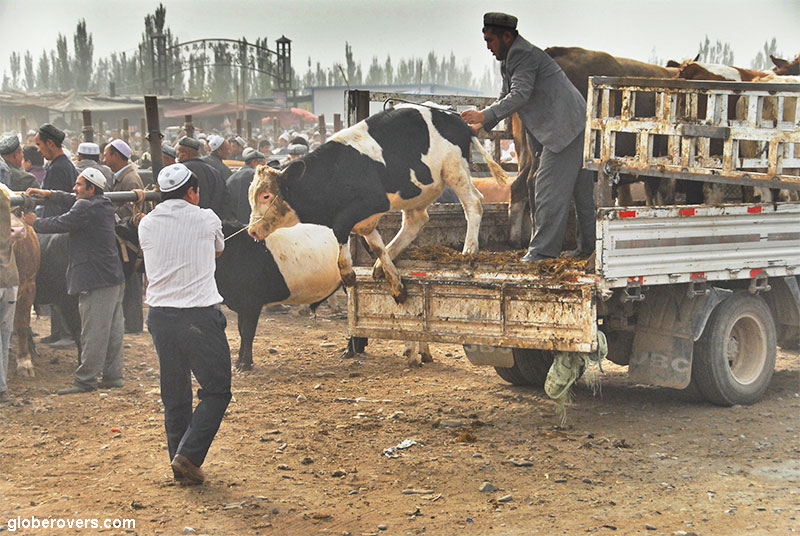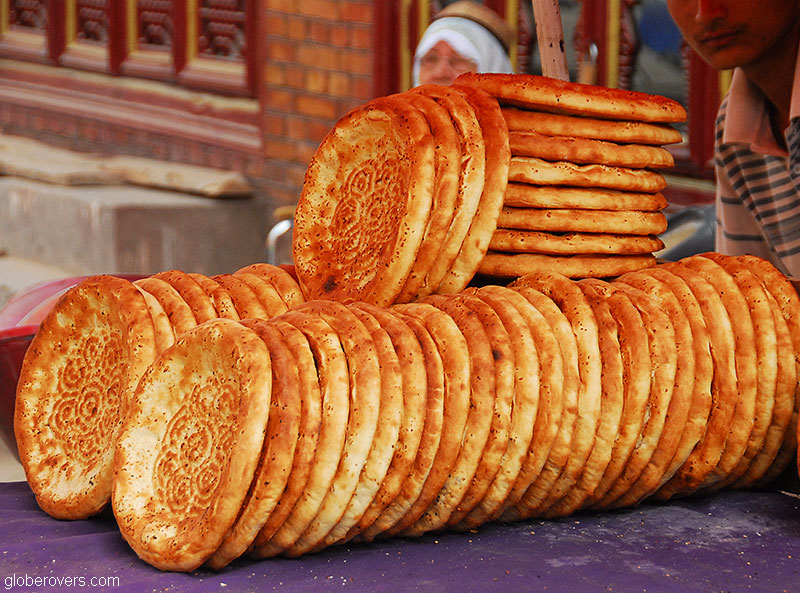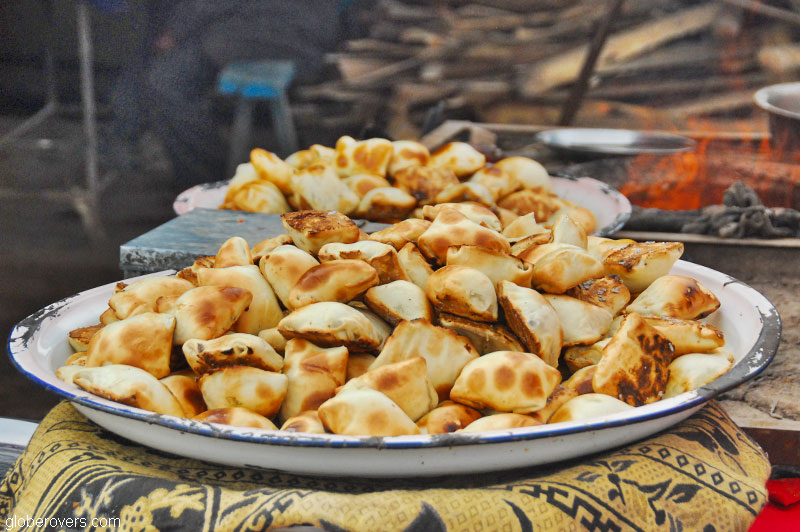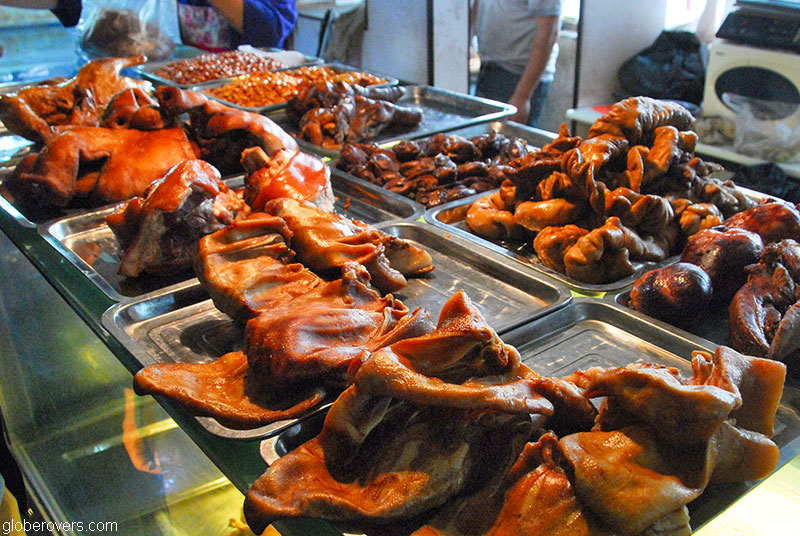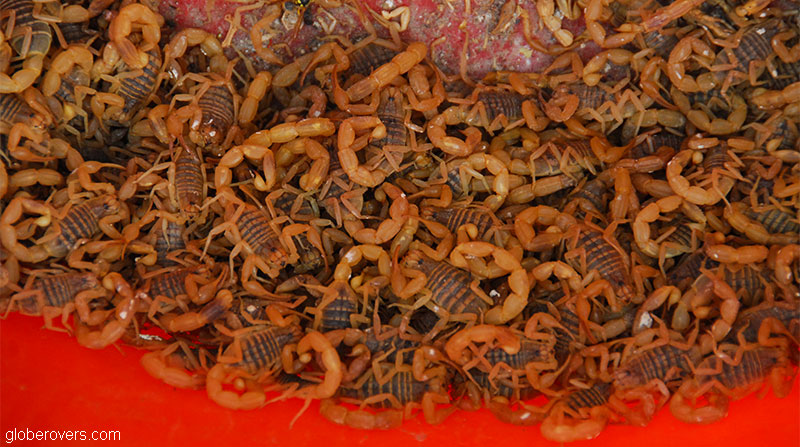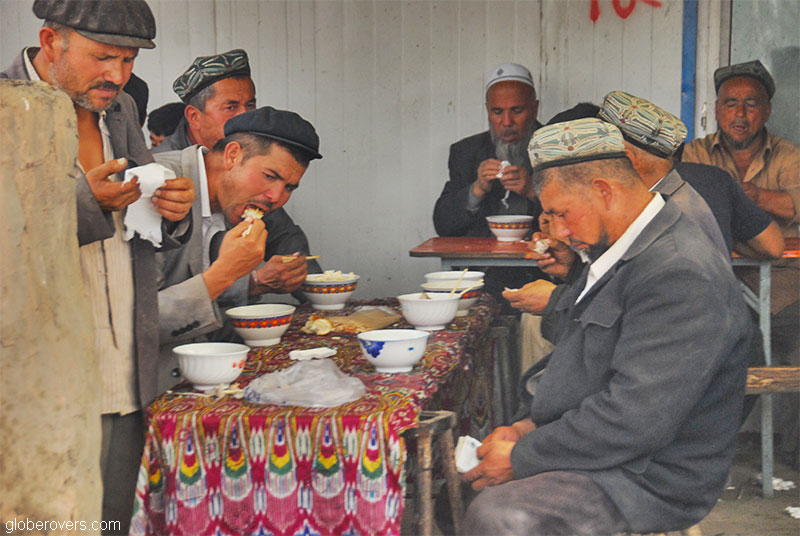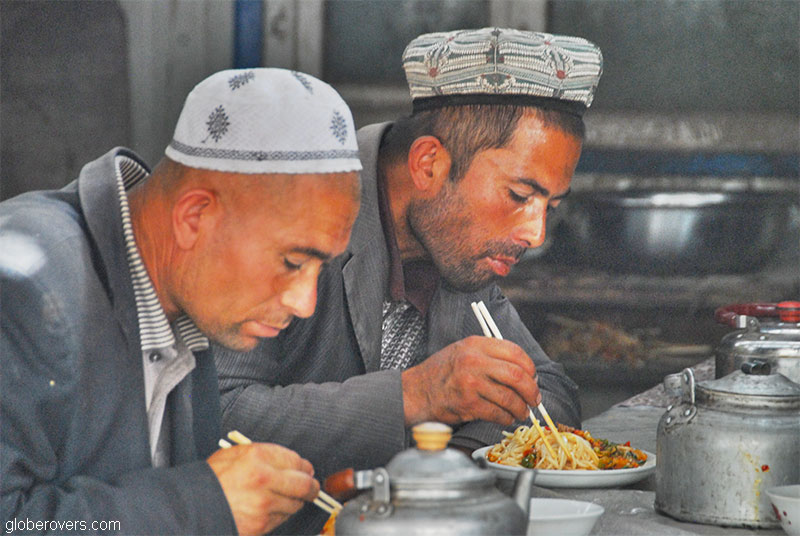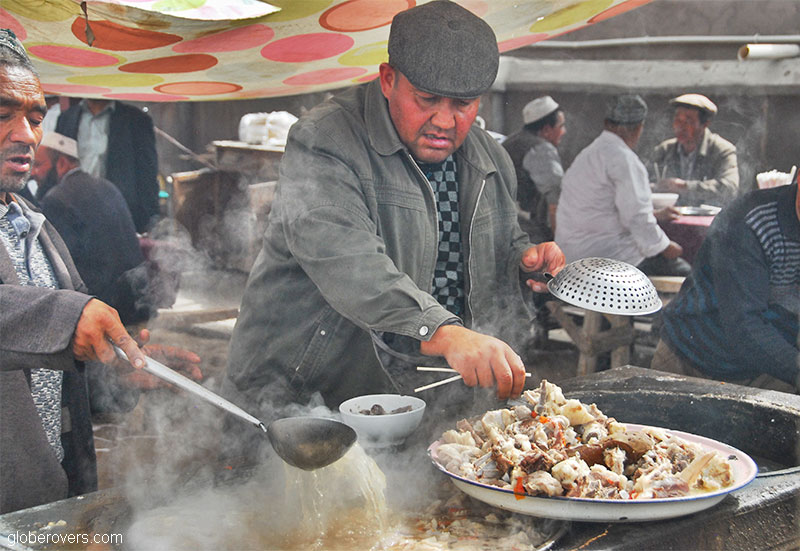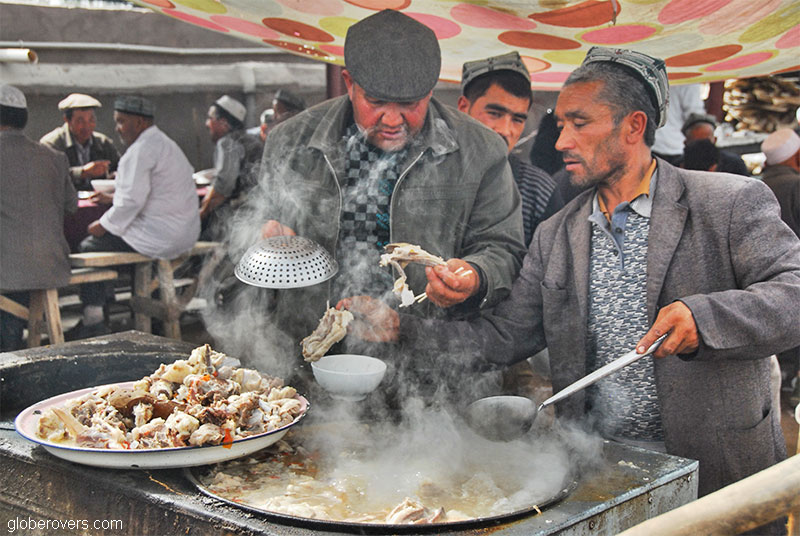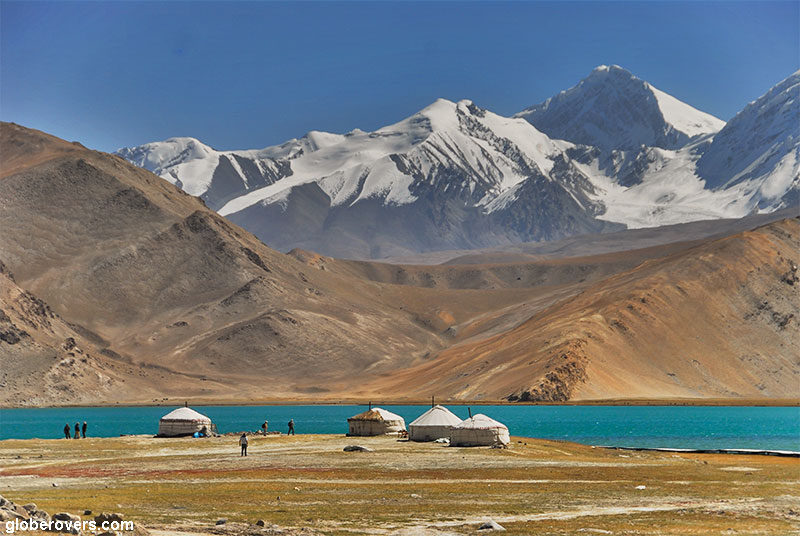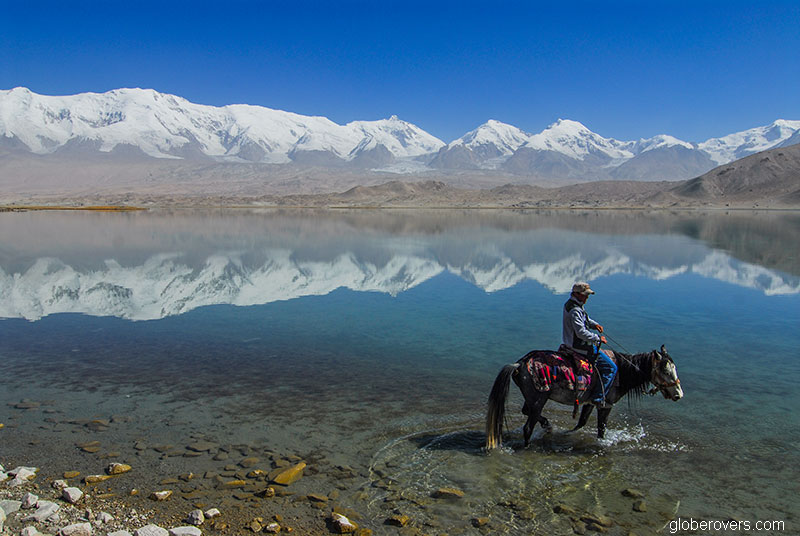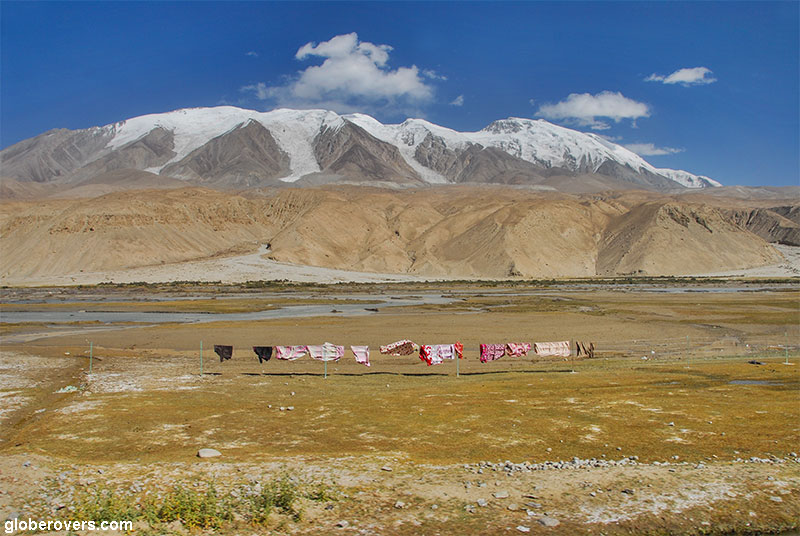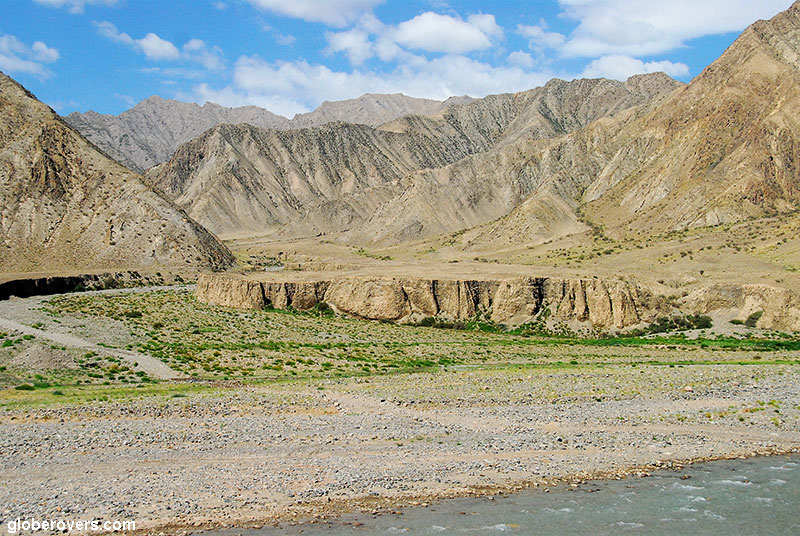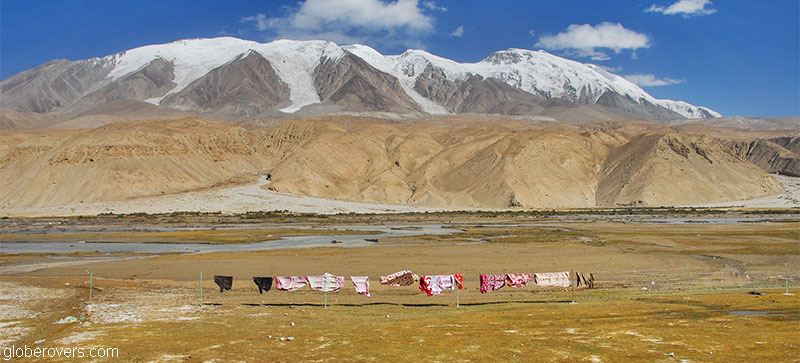
The Xinjiang Uyghur Autonomous Region is the largest Chinese administrative division and is located in the northwest of China. Spanning over 1.6 million square km, this extremely rugged region borders the countries of Mongolia, Russia, Kazakhstan, Kyrgyzstan, Tajikistan, Afghanistan, Pakistan and India.
Xinjiang, China’s Uyghur Autonomous Region
With the historical Silk Road running through the territory, it is home to ethnic groups including the Uyghur, Han Chinese, Kazakhs, Tajiks, Hui, Kyrgyz, Mongols, and Russians. The Uyghur is the largest group but a government-sanctioned systematic influx of Han Chinese is threatening the culture and well-being of the Uyghur people who are culturally and ethnically close to Central Asian nations.
Let’s meet a few of the Uyghur people…
Kashgar
The old city of Kashgar, a 2,000-year-old oasis town with its mud-brick labyrinth, has been home to the Uyghur people for at least 500 years. Architect and historian George Michell recently wrote it is “the best-preserved example of a traditional Islamic city to be found anywhere in Central Asia”. Sadly it is now being destroyed under a $400m government project to transform the city. Demolition crews have already moved in.
Kashgar Sunday Livestock Market
The Kashgar Sunday livestock market is about 10 km outside town and generally regarded as the biggest market of its kind in Central Asia. It has been an important trading point along the ancient Silk Road for hundreds of years. Every Sunday early-morning, farmers with their livestock come together from far and wide to trade their sheep, cattle, donkeys, goats, camels, yaks and horses. Don’t be surprised to see them packing five sheep into the sedan’s trunk and another five on the backseat. If the son doesn’t come along, a few more sheep will fit on the front seat.
There is no auction as such but buyers and sellers privately negotiate after carefully checking out the teeth and other “features” of the animals.
Uyghur Food
Don’t miss the fresh food stalls to enjoy Uyghur cuisines such as roasted lamb, Xinjiang kebabs (kawaplar or shashlik around Central Asia), polu (pilaf), nang (Uyghur flat bread), and youtazi (steamed multilayer bread). Mutton is in abundance here and at the stalls where the meat is cooked for long enough, it is tender and delicious. Go ahead and enjoy the sheep head and sheep laghman (spicy ground mutton poured on fresh handmade noodles).
Rural Scenery
On a sunny day, the nomads at the northern shore of the lake hang out their clothes to dry in the thin air.
Lake Karakul or Karakuli (the black lake) is located about 200 km south of Kashgar, near the Kyrgyzstan border almost halfway to the border with Pakistan. At an altitude of 3,600 m, it is the highest lake of the Pamir plateau. The lake is almost surrounded by mountain peaks such as Kongur Tagh (7,649) and Muztagh Ata (7,546 m) which remain snow-covered throughout most of the year. The snow-capped mountains reflect beautifully in the crystal clear waters of the lake.
☛ Read more: Guilin to Yangshuo by Riverboat, Guangxi, China

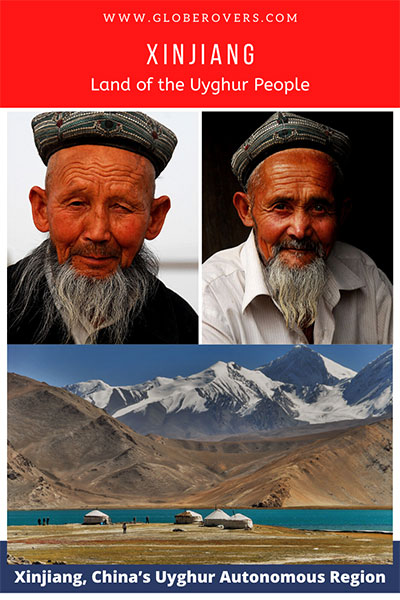

Blog post and photos by Peter who has been travelling almost full-time since 2005 and has been to over 122 countries. He visited several countries, such as Japan, more than 20 times. Peter is Editor-in-Chief and Publisher of GlobeRovers Magazine, an independent travel magazine focused on intrepid destinations.

